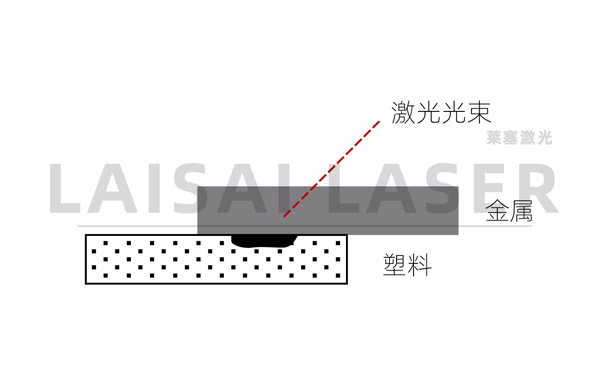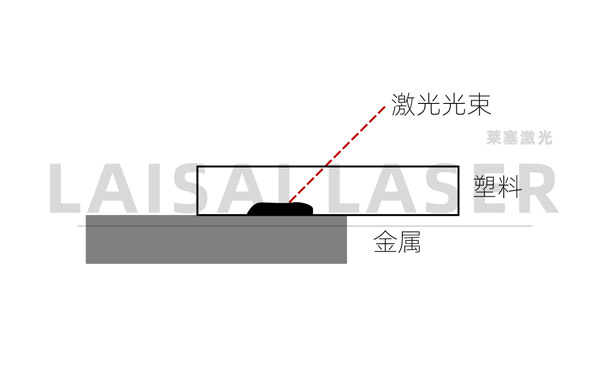首页 > NEWS > Industry News
【summary】
Today, lasers are being considered as an alternative for the direct welding of plastics/composites and metals in an increasing number of industrial applications. This contact-free processing method offers the highest technical flexibility.
Plastic to Metal Welding Processes
Today, lasers are being considered as an alternative for the direct welding of plastics/composites and metals in an increasing number of industrial applications. This non-contact processing method offers the highest technical flexibility.
Currently, a driving factor in the automotive industry is how to make lighter cars without increasing costs or compromising or affecting performance, quality and safety. For example, seat structures mainly consist of thin steel and high-strength steel. Hybrid material structures have also been widely investigated in recent years. The method is also applicable to metal-only hybrid structures and part structures made of metal/plastic composites.
The use of these hybrid material structures poses many challenges, the most obvious of which is how to weld the constituent materials with different chemical, mechanical and thermal properties. The most traditional techniques for welding plastic and metal materials are adhesive bonding, mechanical welding, overmolding or a combination of these techniques. These methods involve many assembly operations and design limitations.
Laser
In more and more industrial applications, lasers are seen as an alternative for direct welding of plastics/composites and metals. This method does not require additional liquid/solid adhesives or assembly components. Compared with mechanical joints and complex and expensive molds, lasers provide high process flexibility.
Laser direct joining of metal and plastic first requires metal surface preparation, scanning the laser in the area, locally corroding the material, and forming a microstructure with grooves on the metal surface. The grooves can be as small as a few microns wide, and the depth can be changed by scanning the laser multiple times in the same area. After using a high-frequency pulse laser to machine a deep groove on the metal surface, a tool is used to press the metal and plastic together, and a continuous laser is used to heat and melt the plastic at the joint to form an effective connection.


Plastic and metal connection effect
Through testing, all kinds of thermoplastic plastics can be connected with stainless steel, aluminum alloy, copper alloy, etc., and the weld does not fall off in the tensile test after welding, and the welding strength can be higher than the strength of the plastic base material.
In many industrial applications, people have a strong demand for small and lightweight parts. In order to meet the demand, the connection of different materials has become the focus of attention. In the process of product design, metal materials are indispensable in the connection of different materials because they have many excellent properties such as high plasticity, high thermal conductivity, and easy processing. At the same time, plastics have the advantages of corrosion resistance, light weight, and heat insulation. However, due to the different properties of the two materials, it is difficult to achieve a good connection between metal and plastic in the process of producing parts. The connection of different materials is usually glue and mechanical connection. Using lasers to join small, complex-shaped products is an effective way to solve problems with plastic and metal materials.
| Free solutions/free proofing 13710252340
Previous: Advantages and disadvantages o